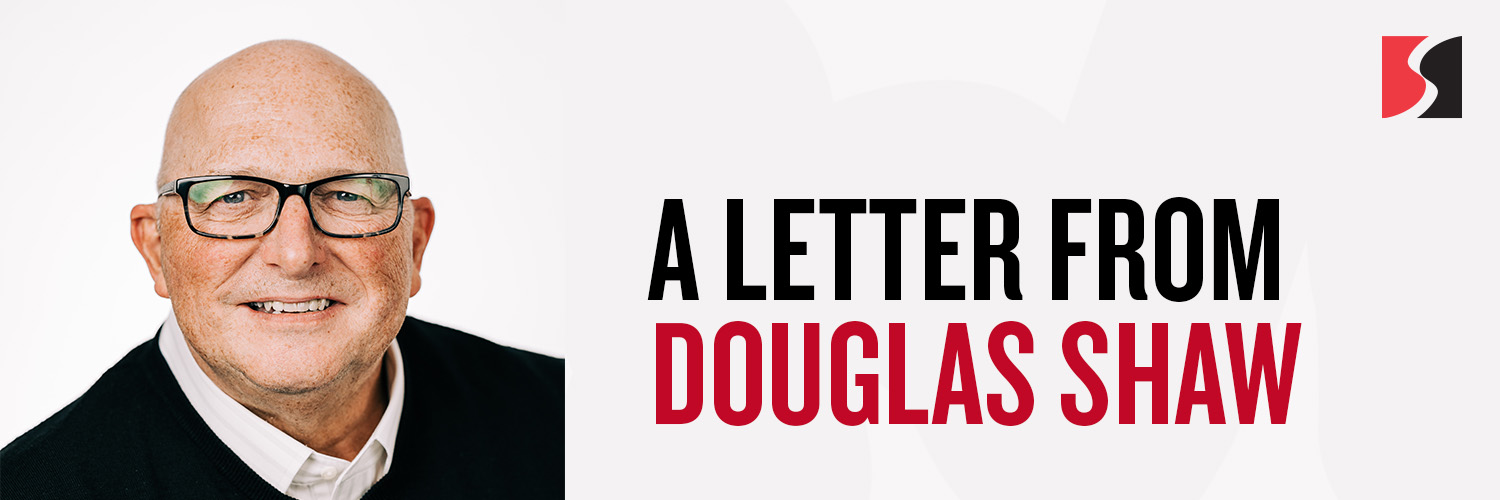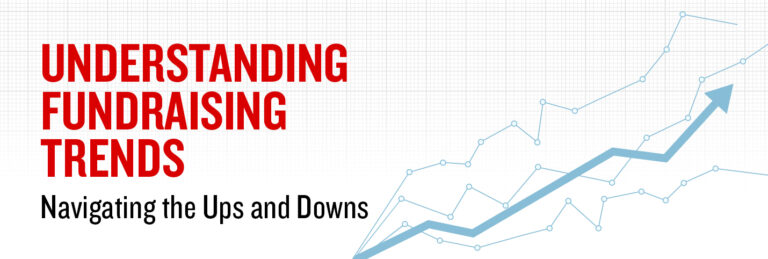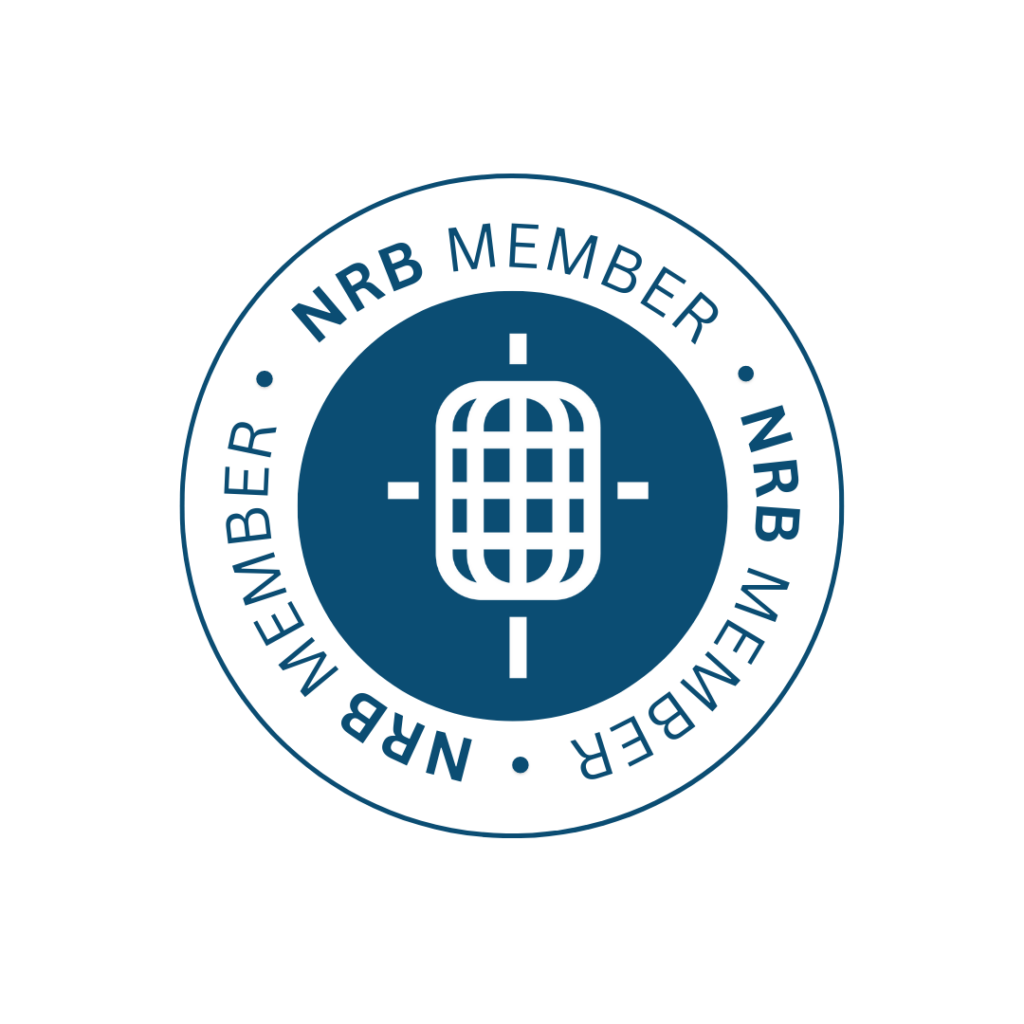What to Think of Artificial Intelligence and Its Impact on Fundraising . . .
Douglas Shaw
CHAIRMAN OF THE BOARD/CEO
In trying to summon an image to represent our theme for this issue of Donor Focus, I found myself drawn to Auguste Rodin’s sculpture The Thinker. It’s such a familiar piece, yet few of us know the struggles Rodin encountered in presenting his work to the public. One of his first commissioned pieces was so much like a life-size human being that he was accused of using a body cast versus sculpting it from bronze. Casting was not seen as creative as sculpting was. Rodin overcame his skeptics and is today seen by many as the father of modern sculpture.
Artificial Intelligence (AI) is being met with questions by the public as well. Will it take my job? Will it ultimately threaten mankind? I’ve been around long enough to remember some of the furor personal computers caused when they were first introduced in 1975. Some of us saw computers as a threat, while others saw them as life-improving resources.
Tilo Netzer—Head of Commercial Development and Strategic Marketing, mRNA Business Unit at Lonza, Goethe University in Basel, Switzerland—distinguishes between the capabilities of computers vs. AI. “Computers,” Netzer writes, “do what they’re told; Artificial Intelligence, however, is trained.”
So, is AI a casting that imitates reality and brings with it the fear of being tricked by computers? Or is it an original creation sculpted to have its own beauty and worth? As one who is a participant in the great journey of philanthropic encouragement, I believe we get to choose . . . and in so doing, we can choose to be part of what is right with the world.
Related articles
-

More Than Just Work
As a young Christian professional navigating the conundrum of aligning my beliefs into a purposeful career, I’ve been blessed to…
-
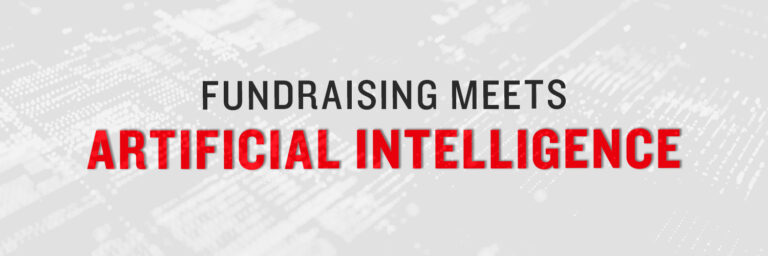
Fundraising Meets Artificial Intelligence
In this article, we’ll explore the captivating realm of AI-powered fundraising efforts—the boundless benefits and intriguing challenges that arise when…

